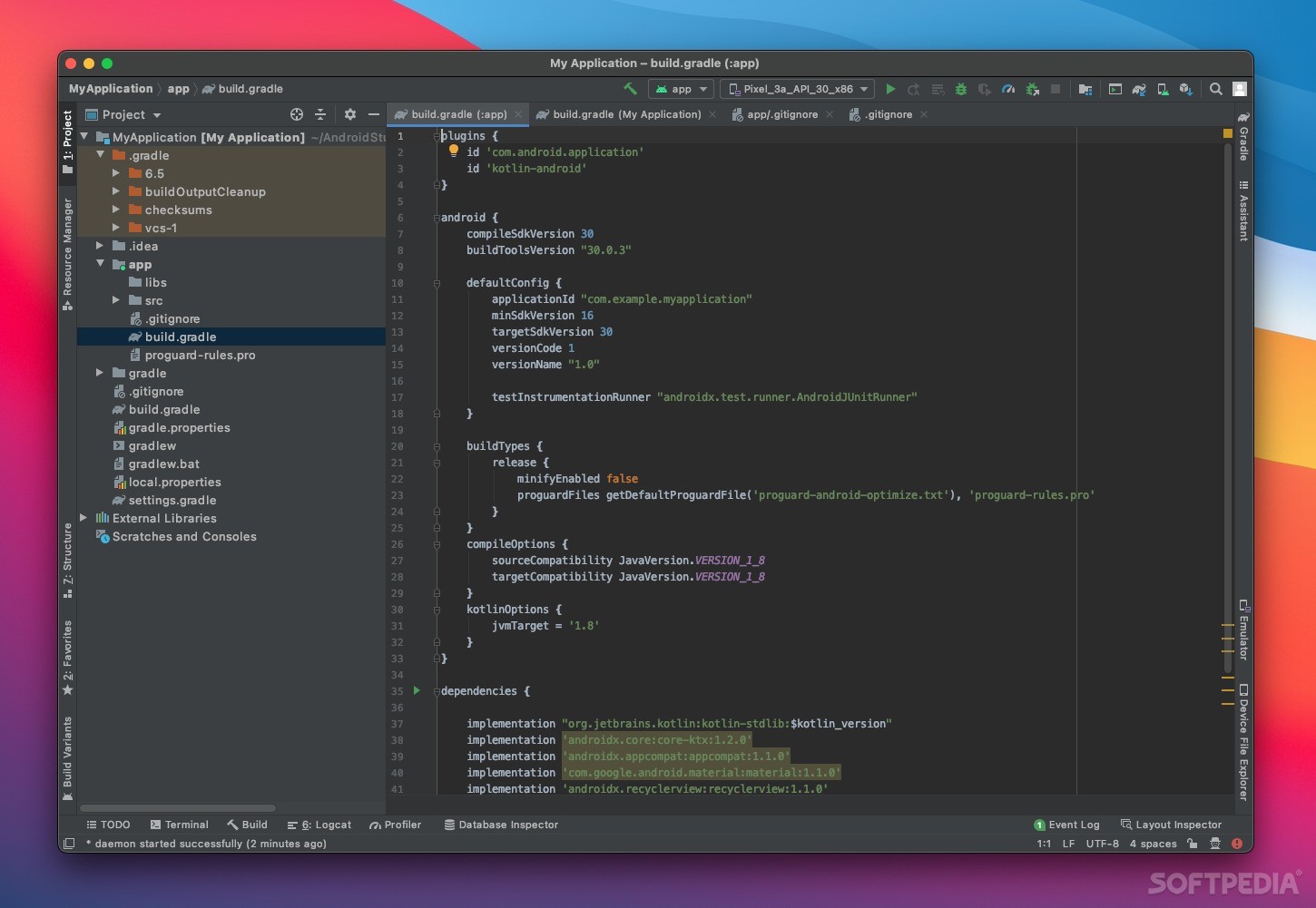

#Cdxtract mac software
There are two approaches: either use a software sampler that directly supports Samplecell files, or use a translation program that can convert Samplecell files into your sampler of choice. The good news is that there are now many far more advanced samplers available, with various ways to continue using your existing Samplecell library.
#Cdxtract mac pro
All the signs are that Digidesign's priorities are firmly fixed on Pro Tools and control surface development, and have no plans to do anything further with Samplecell.

The hardware version is no better off, as it has no TDM support in Digi's current products (HD/Accel), and is physically incompatible with G5 Macs. Despite the advantage of being able to use existing Samplecell libraries, SSC was never quite up to the abilities of rival soft-sampler products, and has not made it to OS X. Unfortunately, Samplecell has pretty much had its day. Integration with Pro Tools was by Direct Connect (Digi's inter-application audio routing system before they adopted Rewire), rather than running internally as a plug-in.
#Cdxtract mac Patch
This used the same editor software, and was compatible with existing patch libraries, but was host-based, and used connected audio interfaces for its outputs. In more recent years, the rise of virtual instruments has led to a move away from hardware, and in 2001 Digi released Soft Samplecell. TDM hardware interfaces were added to the Samplecell cards, allowing you to ignore the cards' built-in analogue outs and route your sampler instruments straight through Pro Tools ' mixer. The development of Samplecell TDM, moreover, was a stroke of genius, and probably the first example of a synth or sampler fully integrated into a DAW. This screenshot and the opening one (above) show a Samplecell Bank (multi-instrument patch), a keygroup map for one of the instruments, and a modulation window. Like modern samplers, the creation, saving, and loading of samples, instrument patches and multitimbral banks was handled by software. The cards featured four stereo outputs, and were controlled by a stand-alone software editor. Over the years the cards moved from Nubus on the Mac and ISA on PCs to PCI, then finally to the Samplecell II Plus, which featured onboard RAM instead of empty slots. Samplecell started out as a stand-alone card-based sample-playback device released in 1991. However, the company's Samplecell was the first mainstream product to bring professional sampling to the desktop, and was a huge success. If you think of computer-based samplers today, you're probably picturing EXS24, Kontakt and Mach V, to name just a few, and the name of Digidesign is unlikely to come to mind. We look at the options available to continue using these sample patches in Pro Tools. Digidesign's Samplecell products once had a huge army of users, many of whom still have well-loved sample libraries stranded in this format.


 0 kommentar(er)
0 kommentar(er)
